latest
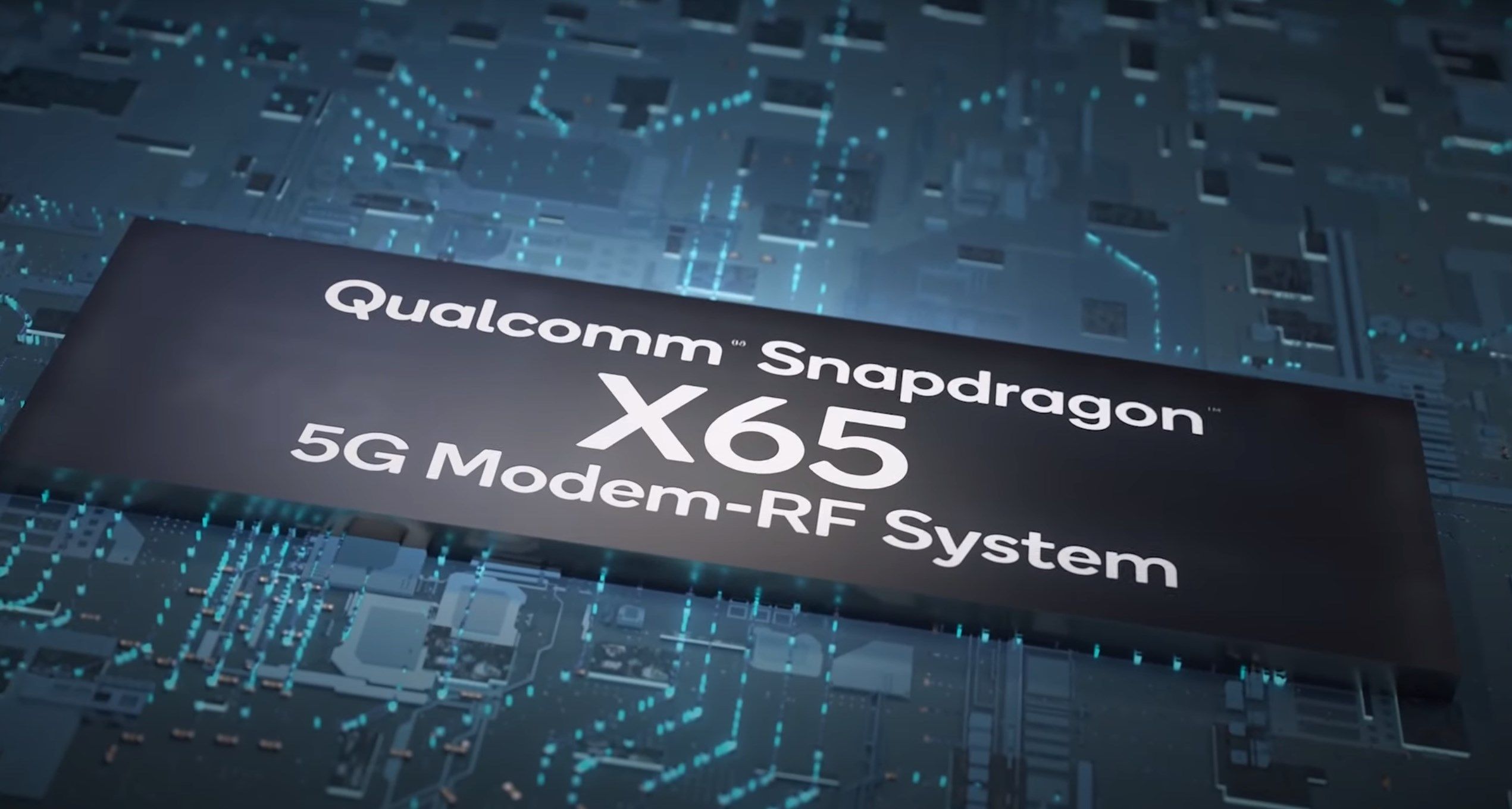
Qualcomm's upcoming modems will bring 5G out of the early adopter phase
They won't just be fast, they'll support the best upcoming 5G features
Qualcomm has just announced two new 5G modems that promise ridiculous speeds and support for emerging frequencies. The new X65 and X62 modems won't be available until later this year, which probably means they won't be in Android flagships until the next generation of chips hits in 2022. When they do land, though, they'll support a few key features. In addition to the expected speed improvements (the X65 can hit a theoretical 10-gig speed), the new modems have an upgradeable architecture that will roll out new 5G features from a new set of standards over time — no hardware upgrade required.
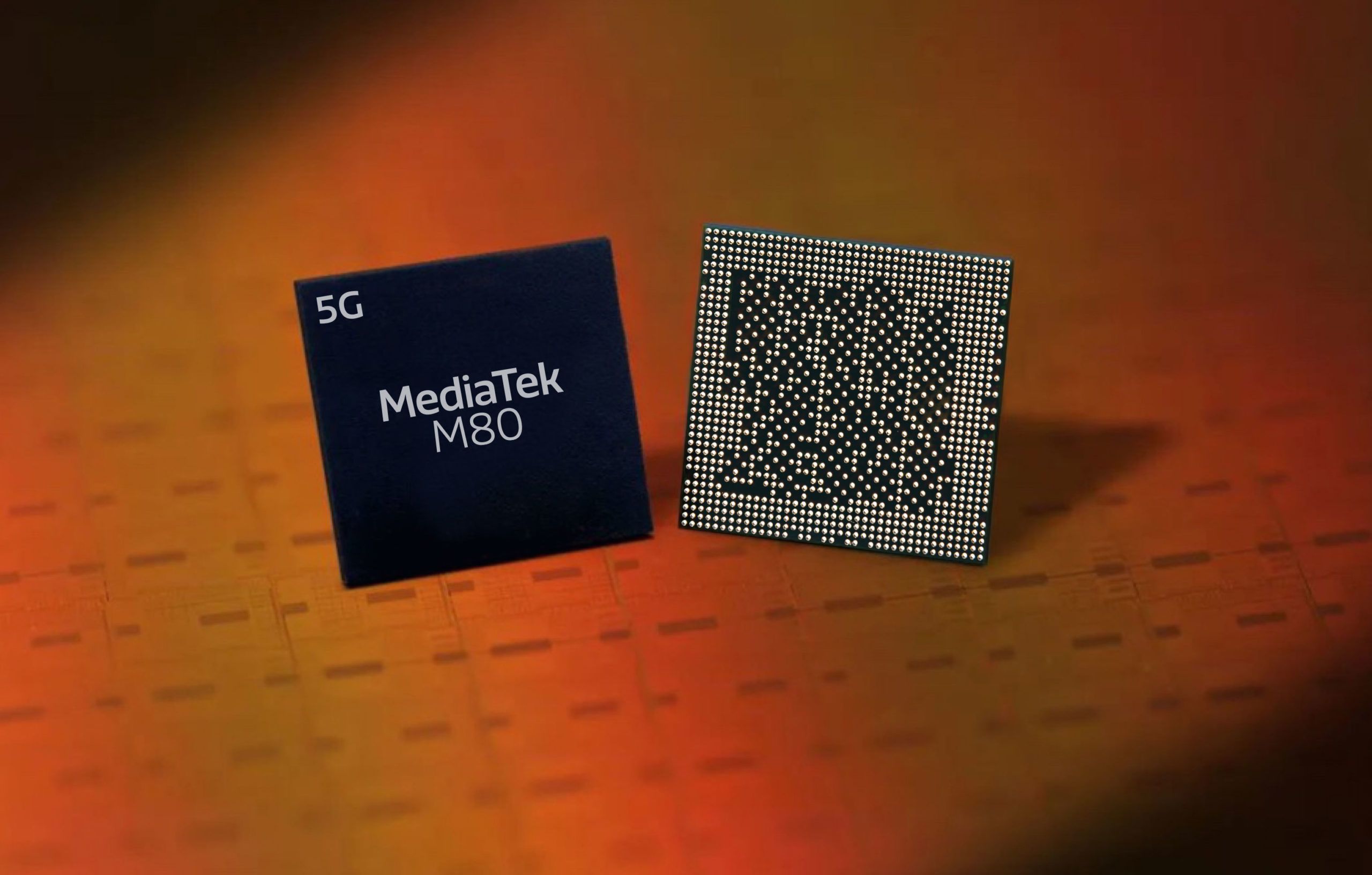
MediaTek has finally revealed its first mmWave-compatible 5G modem. Though the technology is most popular here in the 'States (where it's also kinda useless), carriers continue to champion its incredible speeds while conveniently overlooking its many limitations. But soon, you'll be able to enjoy losing that super-fast connection when you cross the street on a MediaTek phone, too.

Apple wants to ditch Qualcomm completely, begins testing its own cellular modems
Apple currently uses modems from Intel and Qualcomm
Apple has been making strides with its in-house System-on-a-Chip (SoC) designs lately, especially with the company's new M1 desktop chipset. However, Apple is still using modems designed by other firms, which has sometimes become a point of contention with iPhones. According to comments by Apple's top chip executive, the company could soon use its own modem designs, bringing Apple even closer to designing every component of its mobile devices.
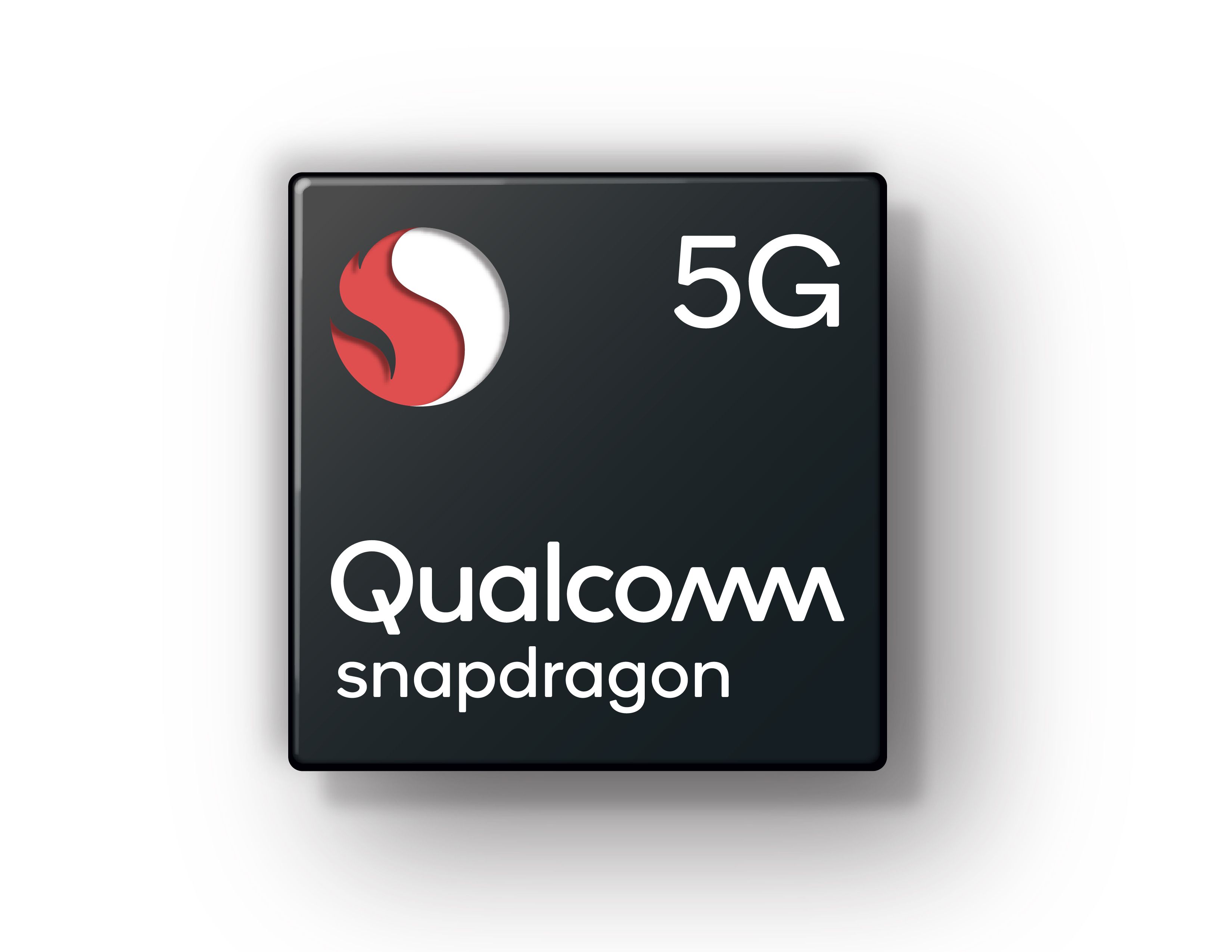
The big problem with 5G — or one of the big problems — is that it's suffering the same issues LTE had when it first landed: It only works in a few markets, and most phones don't support it. Worse, the few devices that do support it use external modems which aren't built into the chipset, and like the early LTE phones, that means issues like decreased battery life. Thankfully, new chipsets with 5G support built-in are on the way, with Qualcomm announcing its own earlier this year. Today at IFA, Qualcomm has further revealed that the promised chip will be landing in products as early as the beginning of next year, with more 6-, 7-, and 8-series chipsets getting built-in 5G support next year, too.
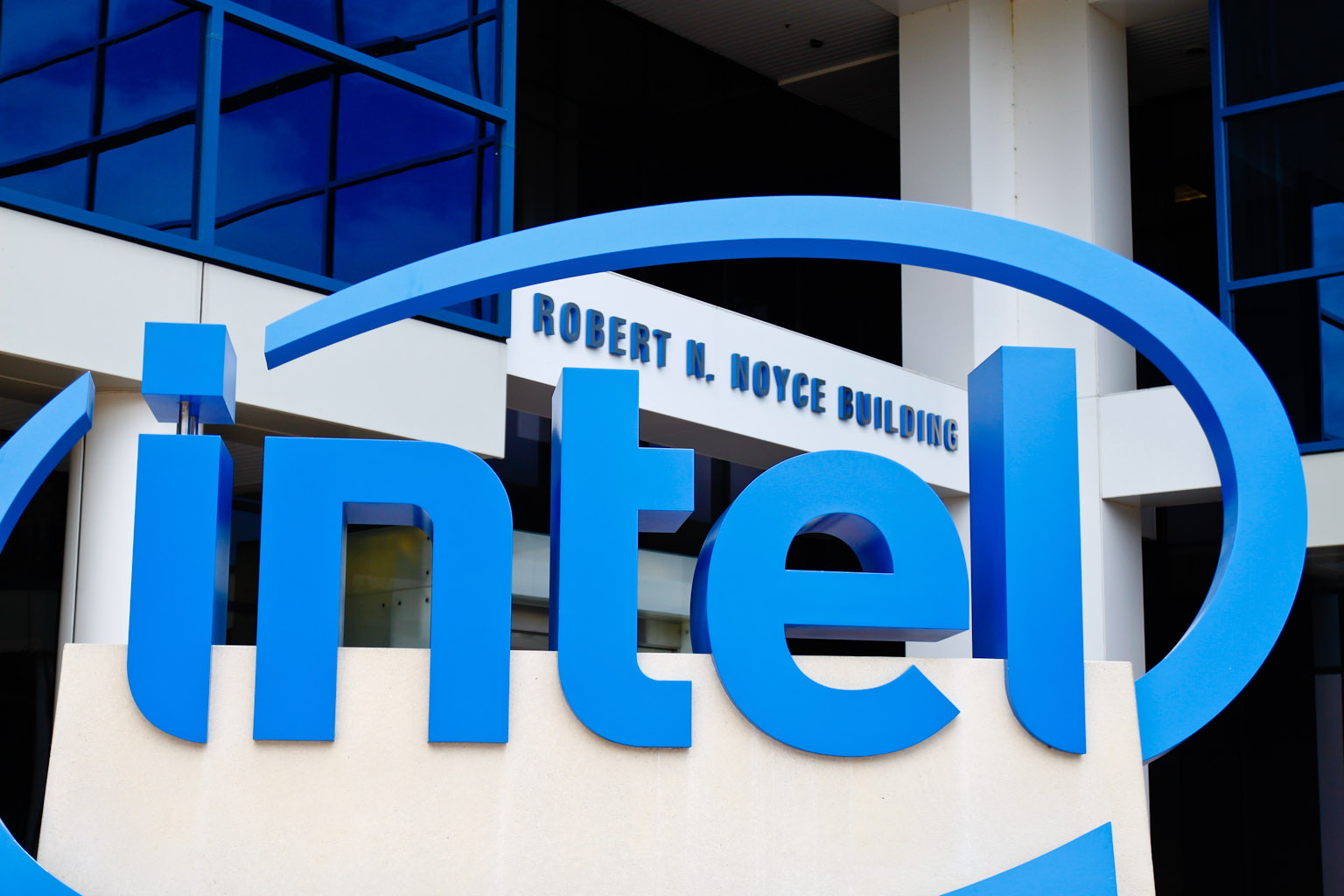
Apple develops its own processors for its mobile devices, but it relies on modems from Intel and Qualcomm for network connectivity. While Apple fought with Qualcomm over patents and royalties, Intel became the company's top choice for modems. After the dispute was settled, Intel gave up trying to make a 5G modem, and now Apple is buying its entire modem division.

Most of the news that comes out of Computex each year doesn't really apply to Android, but today MediaTek has formally revealed a new high-end chipset for phones with a serious 5G twist: The new (apparently unnamed) 7nm SoC is the first to be announced with an integrated 5G modem.
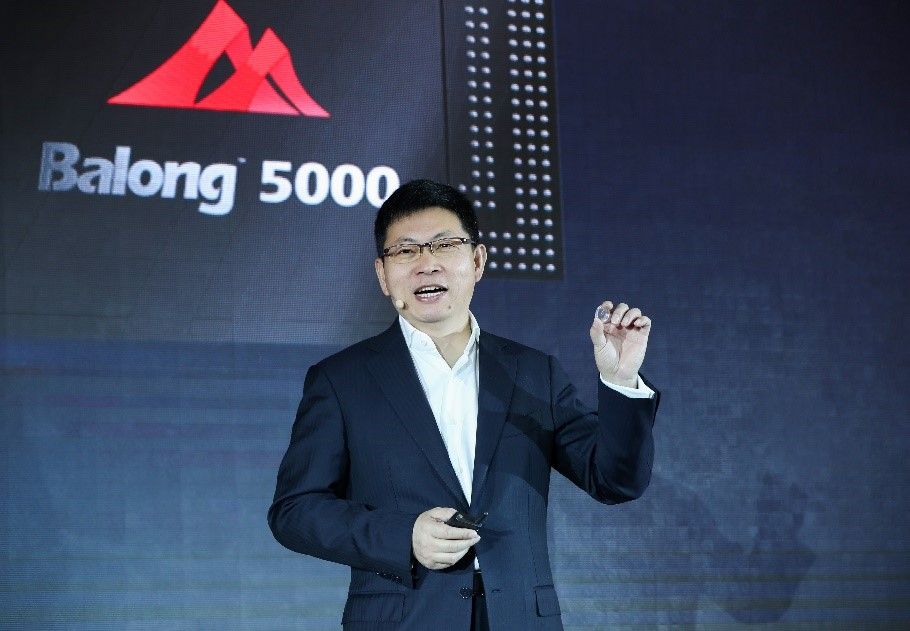
Huawei hosted a conference in Beijing today to showcase its upcoming 5G products: the Balong 5000, which it claims is the world's fastest 5G chip, and the 5G CPE Pro, a powerful home router. With these devices, the Chinese manufacturer is aiming at becoming a reference in 5G chips, and is trying to dethrone Qualcomm with a more powerful product.
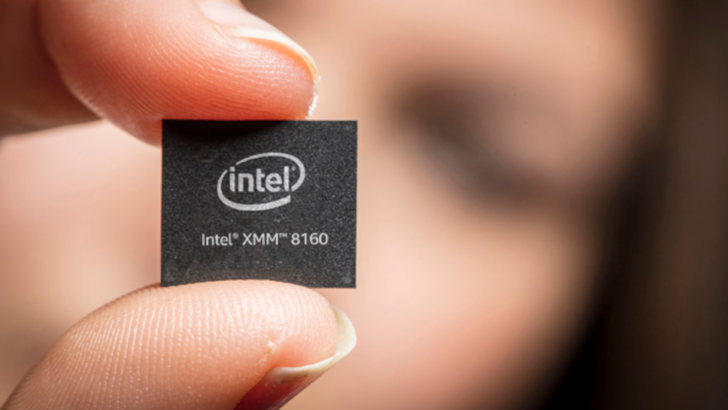
We're on the cusp of the 5G revolution, as big players like Qualcomm and Huawei would like us to believe. Not to be left out in the cold, Intel has sped up the timeline for the release of its 5G modem, which it calls the XMM 8160. According to the company, partners can expect to get their hands on the 8160 in the second half of next year.
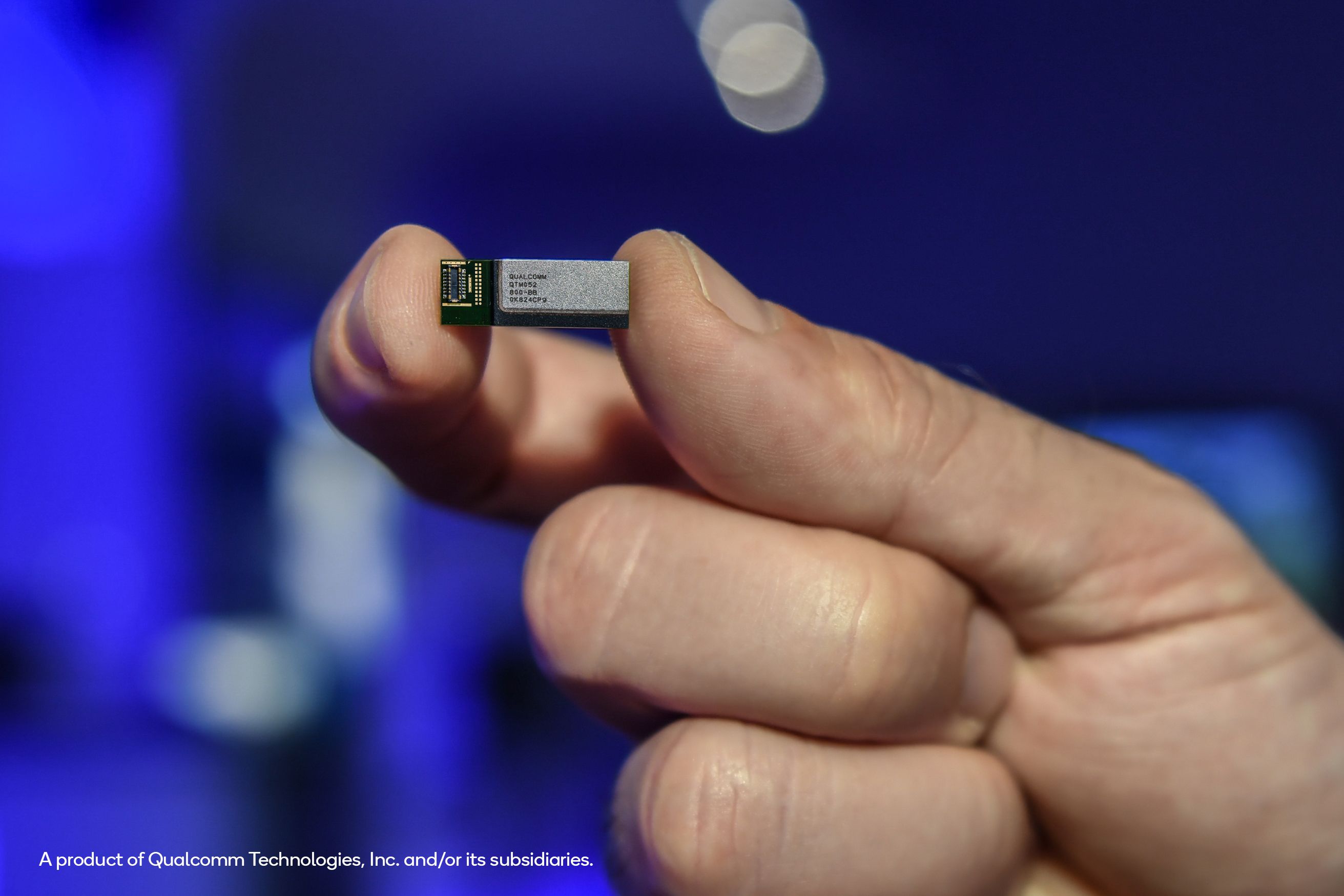
It seems like 5G is one of those things that's perpetually sitting out on the horizon in tech news, but today Qualcomm took a decent step forward when it comes to a particular implementation. One of the carriers' more ambitious 5G solutions is to harness the high-frequency millimeter wave (mmWave) bands, which promise high bandwidth and low congestion, at the cost of limited coverage and some practicality concerns. But with Qualcomm's recently announced mmWave antennas, some of the issues related to it may be overcome.
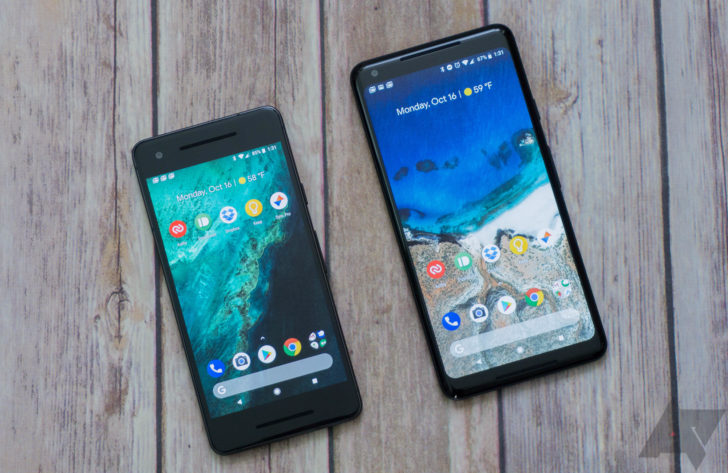
The Pixel 2 line of phones has not been averse to criticism, with most of it attributed to the various issues that Pixel 2 XL P-OLED displays experience. While that only affects the larger model, this latest news of random reboots is a problem on both the Pixel 2 and Pixel 2 XL alike. Though Google hasn't commented on this issue yet, one user may have tracked the random reboots down.
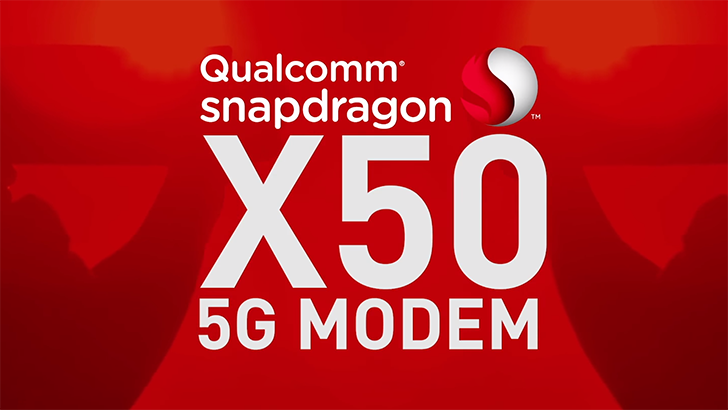
5G is still a few years away for most of us, but networks and tech companies are laying the groundwork for it right now. One year ago, Qualcomm announced it was developing its first 5G-capable mobile modem, the X50. If you're not familiar with mobile SoCs, the modem is the component of a phone that connects to a cellular network. Qualcomm promised speeds of up to 5Gbps, with an expected ship date of 2018.

Cell phones need modems. They're pretty important if your plans include making calls and accessing data. Like processors and GPUs, most phone manufacturers don't make their own wireless modems or radios, instead incorporating pre-existing designs into their phones. Sony might soon be able to roll its own wireless components: the Japanese electronics giant has announced that it has finalized plans to buy Altair Semiconductor, a designer of LTE modems based in Israel, for $212 million USD.

4G is here - and it seems like all four of America's biggest carriers are more than happy to advertise the fact that they've got it. Sprint was first on the scene - offering their WiMax 4G, and T-Mobile shortly thereafter began its upgrade to HSPA+ technology. Verizon was next, providing mobile broadband LTE via USB dongle for laptops, though its much-awaited debut 4G handset, the Thunderbolt, has yet to hit shelves after numerous delays. Finally, lagging behind in truly characteristic fashion, AT&T has begun to roll out its own HSPA+ network, with plans to offer LTE in the second half of the year. That's a lot of trade terms and acronyms, so we're going to give you a breakdown of just what it is "4G" means to the big four in the US, in order of how serious their 4G efforts are:






